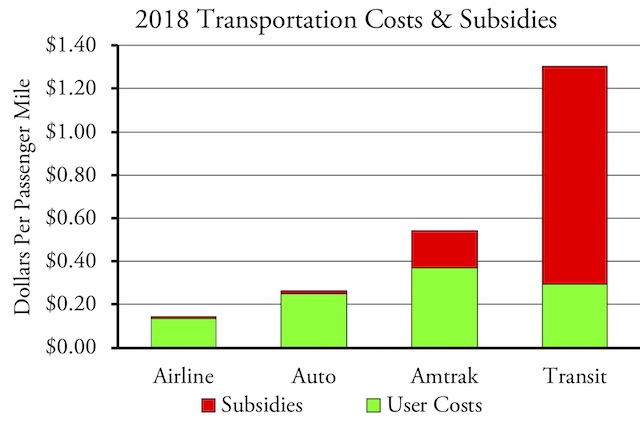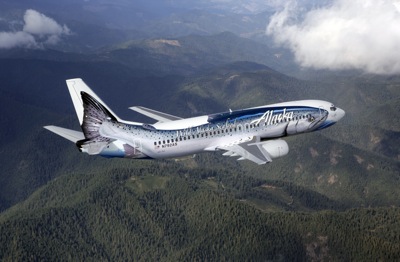JSX, formerly known as JetSuiteX, is a new airline with a new operating model that will kill any idea that high-speed trains could compete with air travel in short-haul markets. The airline flies many routes that have been planned for high-speed trains, including Oakland-Los Angeles, Los Angeles-Phoenix, and — starting last week — Dallas-Houston.
JSX uses small jet planes with seats for only 30 passengers, allowing it to by-pass TSA requirements as it conducts its own airport screening. Technically, passengers don’t fly JSX, they make reservations and JSX charters a plane that happens to be owned by a JSX subsidiary, which is another way that it by-passes TSA rules. The result is that people can arrive at the terminal just 20 minutes ahead of their flight’s departure. Continue reading










